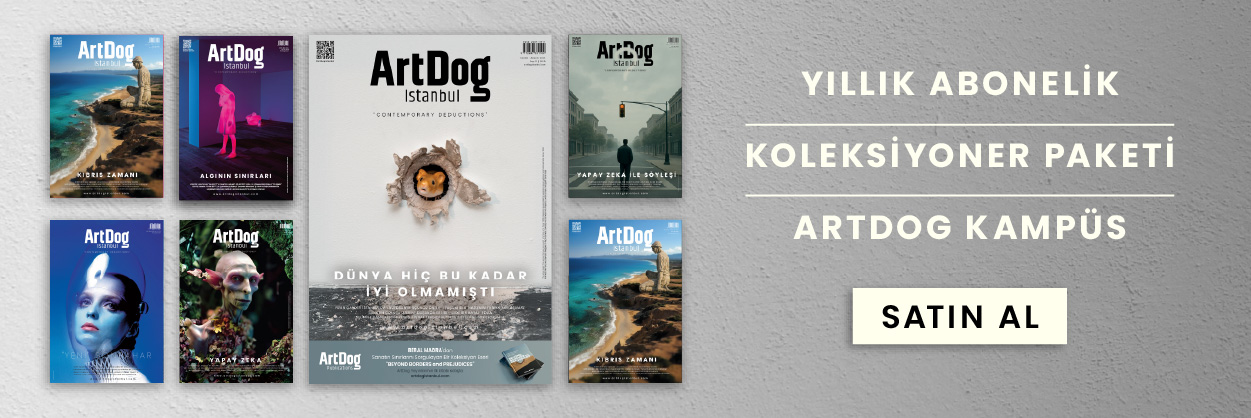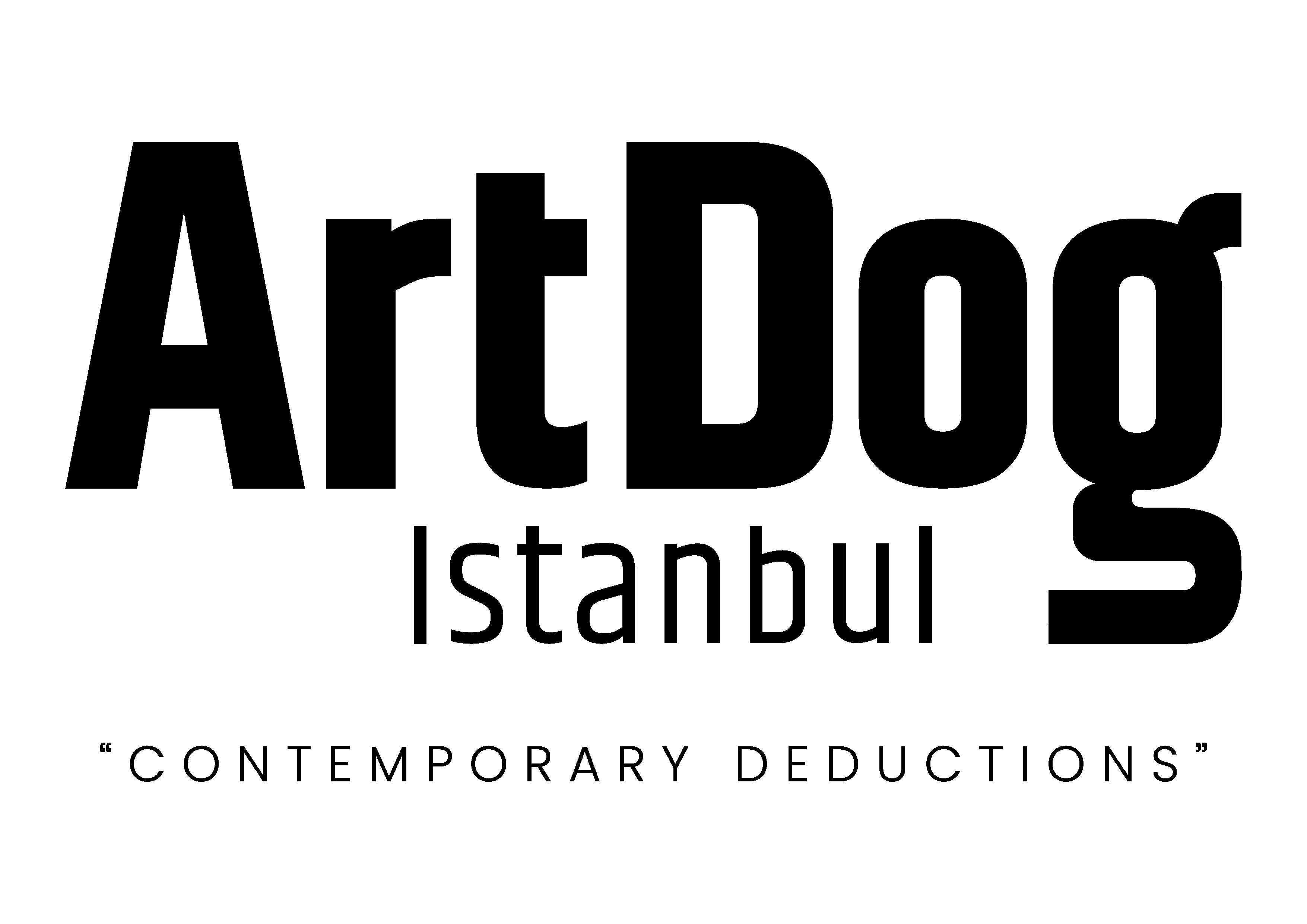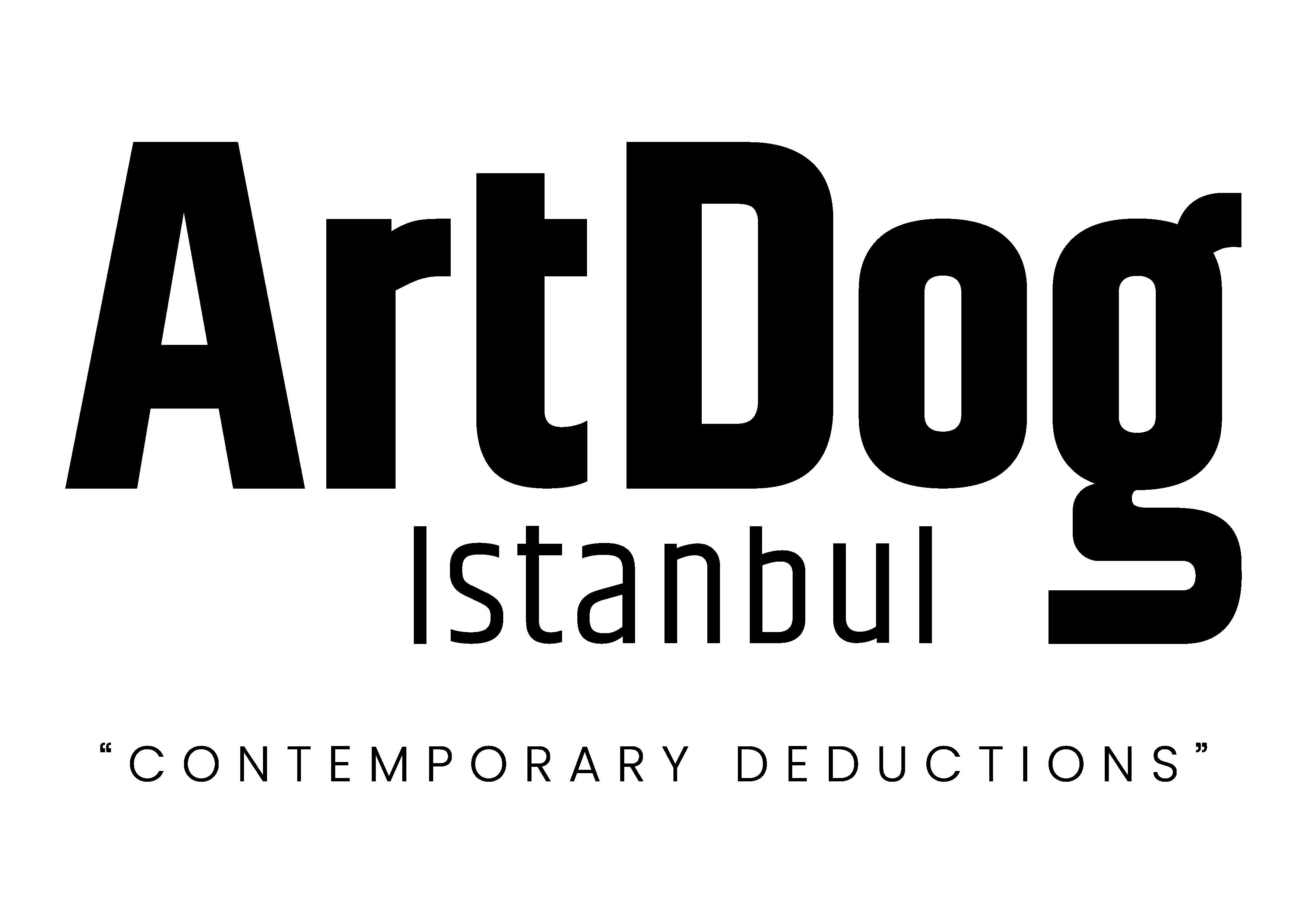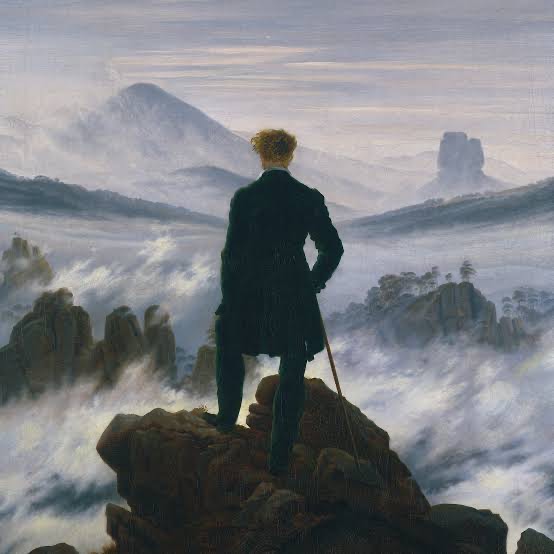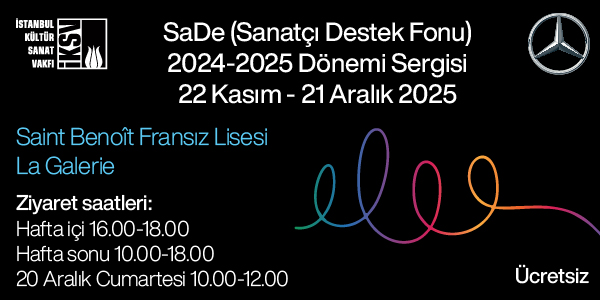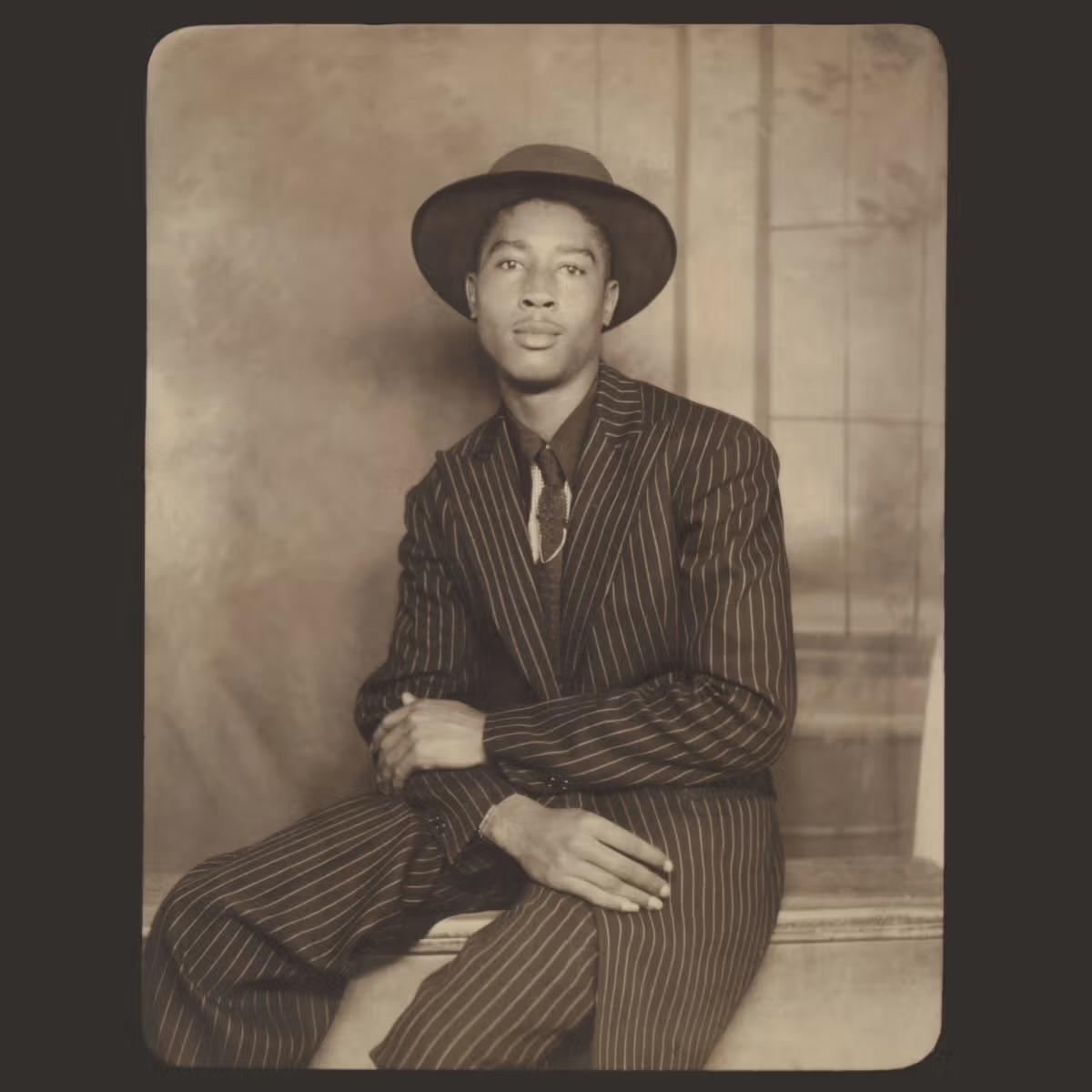A newly opened exhibition at the Metropolitan Museum of Art (MET) highlights how Caspar David Friedrich approached landscape painting not just as an aesthetic pursuit but as a profound stage for existential contemplation. Set against the cultural and political backdrop of 19th-century Germany, Friedrich’s works offer an exploration of nature’s power.
One of the leading figures of German Romanticism, Friedrich (1774–1840) reshaped European landscape painting by treating nature as the core of profound spiritual and emotional experiences. His works invite viewers into a world of mystery and introspection, encouraging them to explore the deeper meanings embedded in nature.
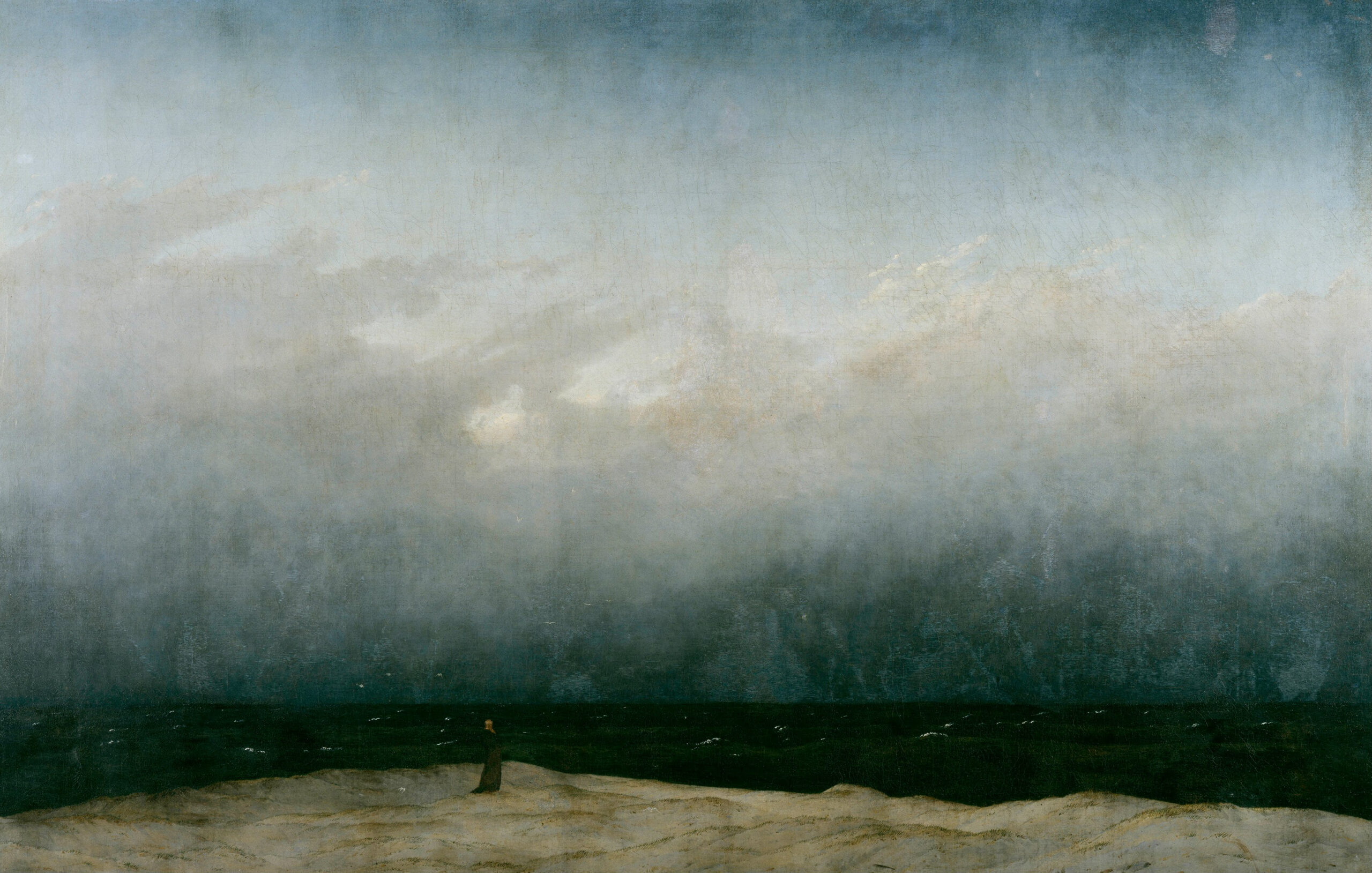
Caspar David Friedrich, German, 1808–10.
Titled “Caspar David Friedrich: The Soul of Nature,” the MET’s exhibition marks the first major retrospective of Friedrich’s work in the United States. Organized in collaboration with Staatliche Museen zu Berlin’s Alte Nationalgalerie, Staatliche Kunstsammlungen Dresden, and Hamburger Kunsthalle, the exhibition brings together nearly 75 pieces from over 30 institutions across Europe and North America, offering a comprehensive look at the artist’s creative evolution.
One of the most striking aspects of Friedrich’s work is his use of landscape elements as profound symbols. He did not merely depict nature for its beauty but infused it with metaphors that reflect human existence and inner contemplation. Alongside his oil paintings, the exhibition also showcases sketches and completed drawings, revealing his artistic process and how he crafted landscapes.
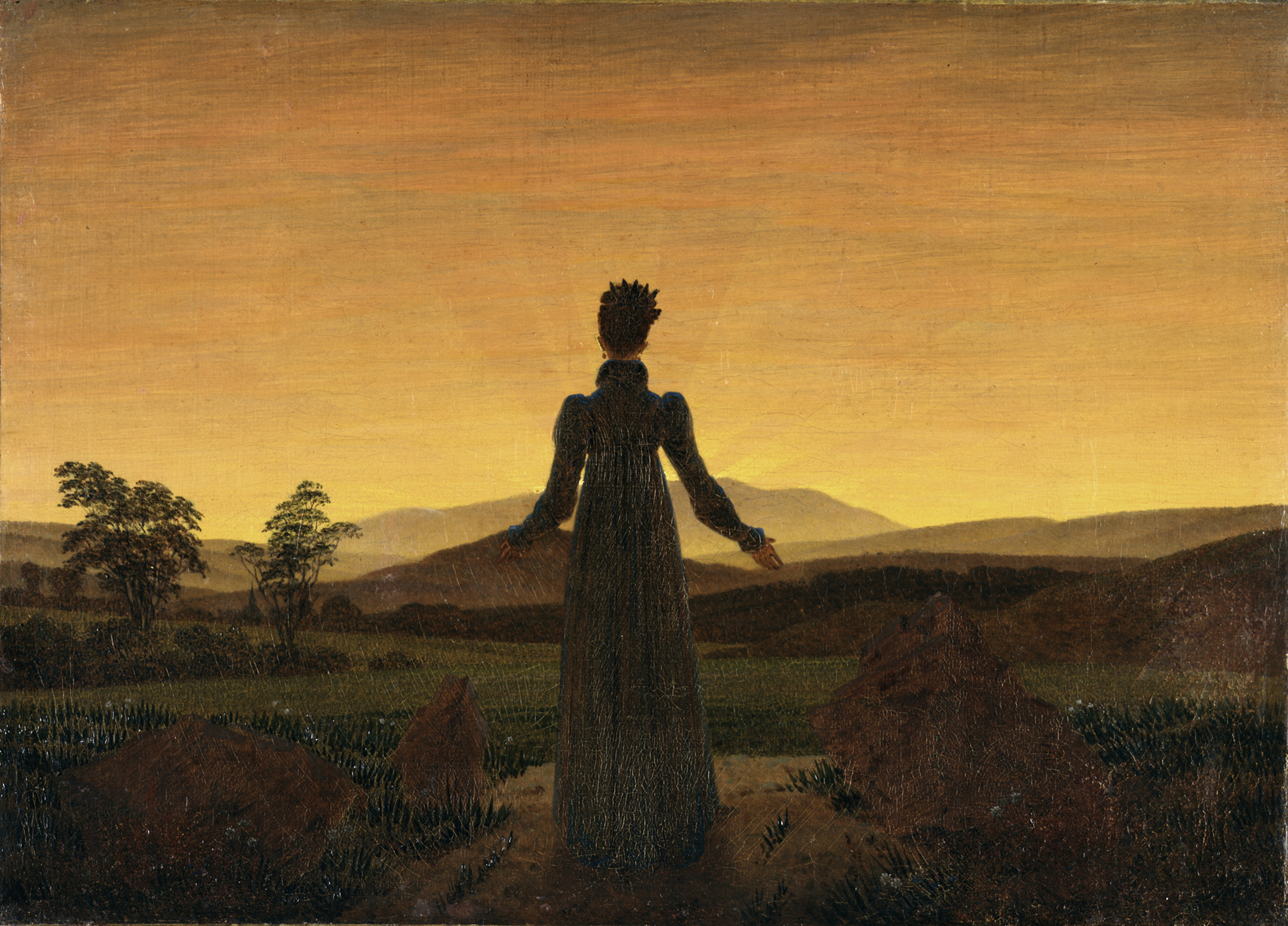
Caspar David Friedrich, German, ca. 1818-24.
Beyond examining Friedrich’s art as an individual endeavor, the exhibition also situates it within the turbulent political and cultural landscape of 19th-century Germany. It highlights how German Romanticism shaped modern perceptions of nature, portraying it as more than just a scenic element—a stage for existential reflection.
Near the exhibition’s exit, Gallery 554 presents a special selection focusing on moon motifs in 19th-century art. This theme, frequently seen in Friedrich’s works and those of his contemporaries, extends beyond painting into porcelain, music, and poetry, reflecting a broader artistic fascination with moonlight.
This landmark exhibition is supported by Marina Kellen French, along with various arts organizations and philanthropists. Key contributors include The Janice H. Levin Fund, Art Mentor Foundation Lucerne, Barbara A. Wolfe, The International Council of The MET, an anonymous foundation, and Trevor & Alexis Traina.
With its profound reflections on the relationship between nature and the human spirit, Friedrich’s art remains deeply relevant today. This retrospective at the MET offers a rare opportunity to rediscover his vision and reconsider his influence on the perception of nature in art.

